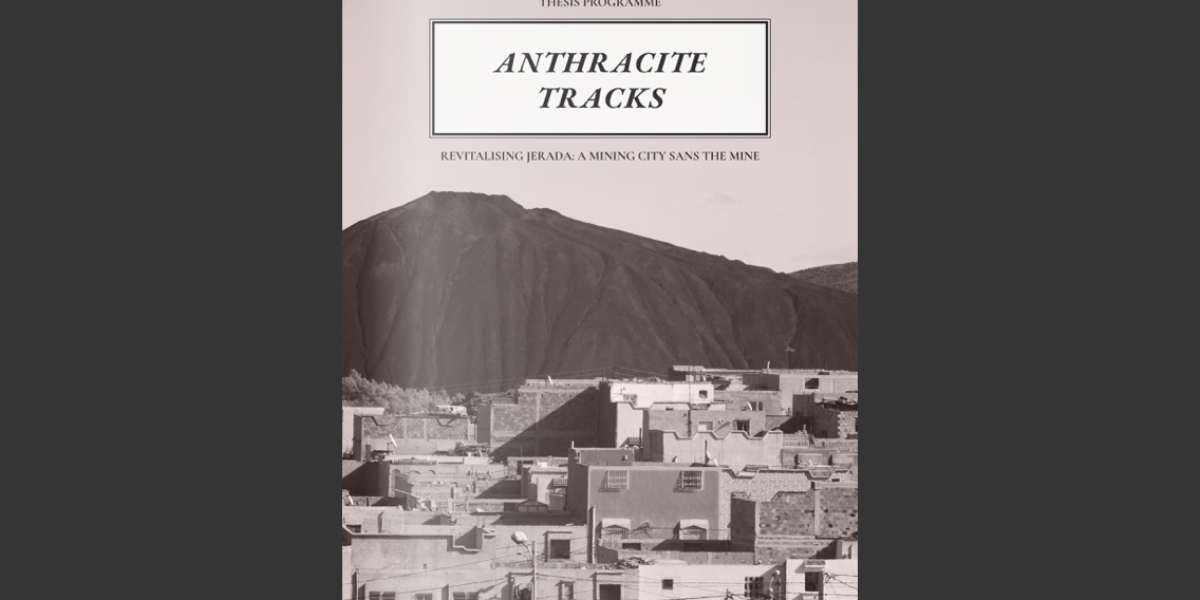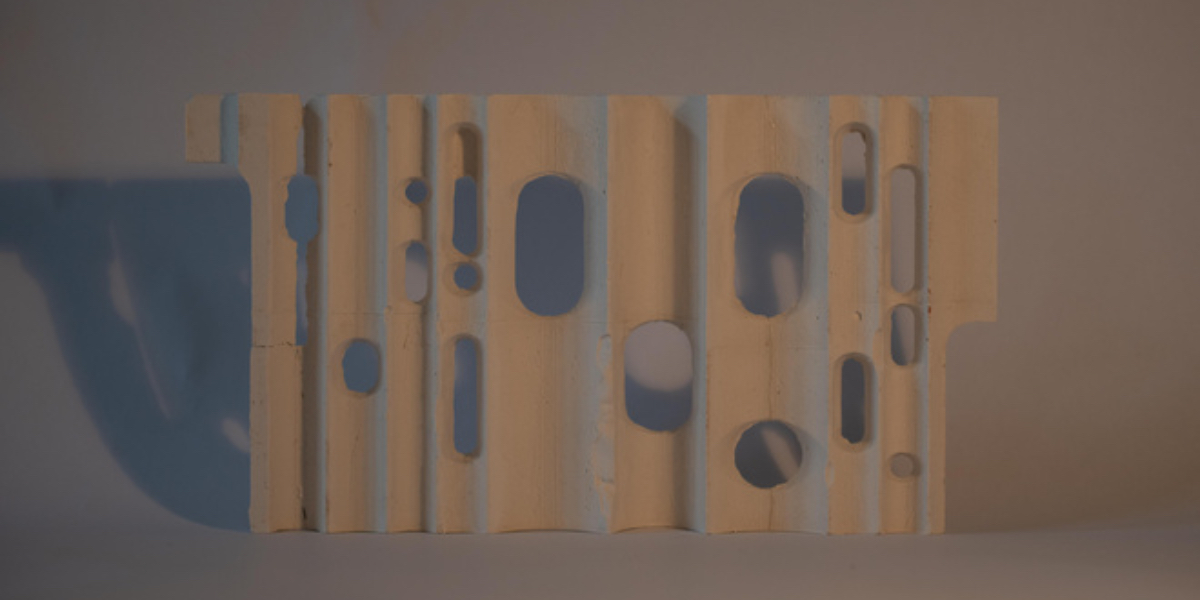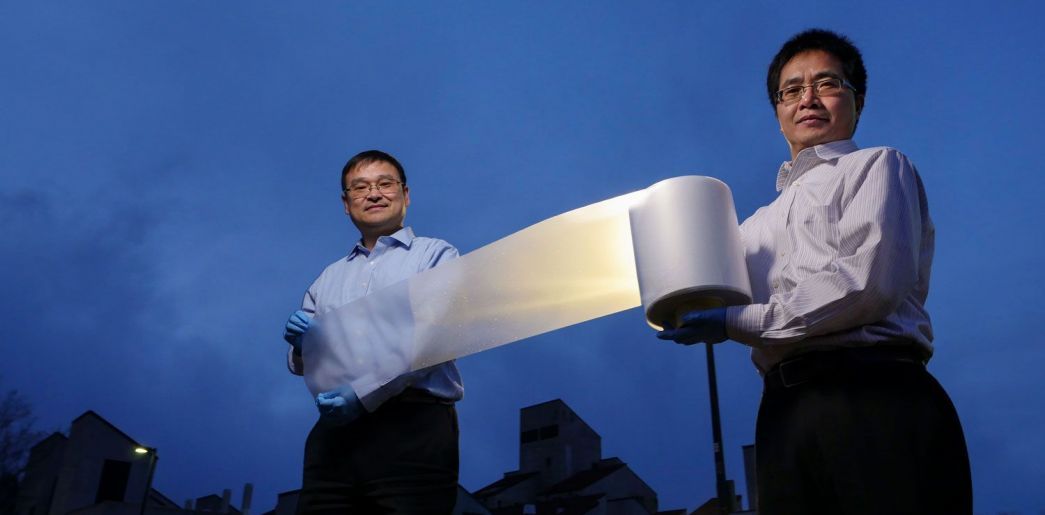AWARD YEAR
2023
CATEGORY
Community
GOALS
Decent Work & Economic Growth, Industry, Innovation & Infrastructure, Sustainable Cities & Communities, Responsible Consumption & Production
KEYWORDS
architecture, mining, waste in production, upcycling, sustainable cities
COUNTRY
Denmark
DESIGNED BY
Chloe Liang Xiuling
WEBSITE
https://kglakademi.dk/project/anthracite-tracks
Anthracite Tracks
Social architecture breathing life into the past to pave the way towards a sustainable future
How does it work?
Anthracite Tracks is a thesis project that investigates the possibility of utilising the waste products of mining in order to create a resilient community in Jerada, a city in Morocco. It proposes developing an environment for the community to be engaged in utilising Jerada’s mine waste as an additive to ceramics and clay-based building materials. The mixed-use architecture consists of residential floors, workshop floors, an elevated community square, and a level for sorting and storing mine waste and fly ash.
Why is it needed?
The mining industry in Morocco contributes to over a fifth of the nation's export value; but because of outdated laws and aggressive extraction, the country does not have any effective system to manage the vast amounts of waste produced by the nation's mines. With over 70% of the country's 240 mines closed, graveyards of abandoned rigs and endless seas of mine waste litter the country, and Jerada is no exception.Once Morocco's biggest producer of coal and a fast-growing economy, rising operational costs caused the company in charge of the mine to close in 2001, plunging over 7000 people into unemployment and sentencing Jerada to economic, social, and infrastructural stagnation for the past two decades. Beyond the instability from unemployment, Jerada contains within its urban borders a staggering amount of mine waste – over 20 million tonnes.
How does it improve life?
Anthracite Tracks presents the possibility of having mine waste from all around Morocco brought in to be a part of this movement of upcycling through creation, while providing an environment dedicated to celebrating the process and sharing the knowledge with everyone. The architecture takes the form of a building with predetermined spaces along with areas that have the suggestion of what it could be sketched out through the inclusion of a structural framework and open lots. The final evolution of the architecture is left up to those who reside within it, whereby the environment will be shaped by successive inhabitants.





